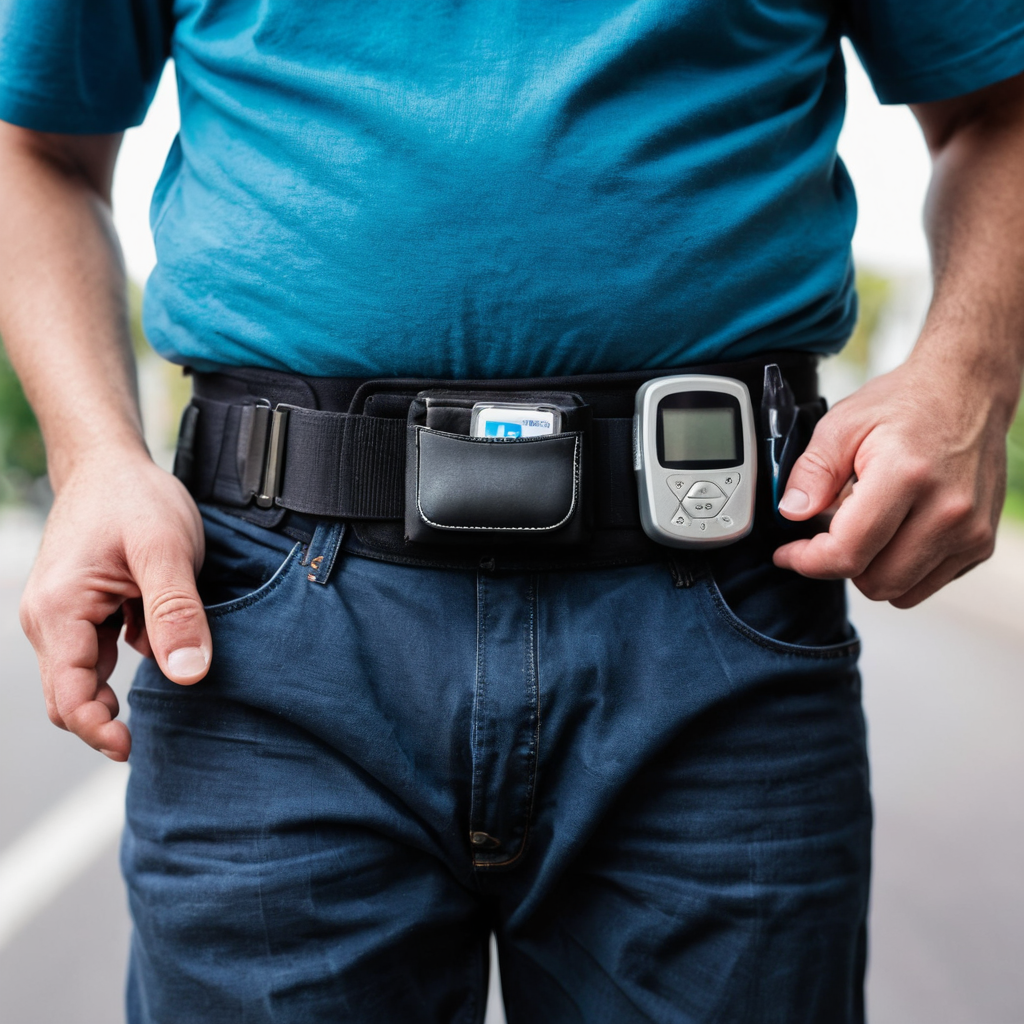Empowering Self-Care and Improving Outcomes
Living with diabetes requires constant vigilance and careful management. But in recent years, technology has revolutionized the way people with diabetes approach their care. From innovative insulin pumps and continuous glucose monitors (CGMs) to user-friendly diabetes apps, these advancements are empowering individuals to take control of their health and live fuller, more active lives.
Insulin Pumps: Delivering Precise and Personalized Insulin
Insulin pumps have transformed insulin delivery, offering a more flexible and precise alternative to traditional injections. These small, wearable devices continuously deliver insulin through a thin tube inserted under the skin.
Key benefits of insulin pumps:
- Precise Dosing: Pumps deliver insulin in tiny increments, allowing for more accurate dosing and better blood sugar control.
- Flexibility: Pumps offer greater flexibility in meal times and activities, as users can adjust insulin delivery based on their needs.
- Reduced Hypos: By closely mimicking the body’s natural insulin release, pumps can help reduce the risk of hypoglycemia (low blood sugar).
- Improved Quality of Life: Many users report improved quality of life with increased freedom and less reliance on injections.

Types of Insulin Pumps:
- Traditional Pumps: These pumps deliver insulin through a tubing system connected to a small reservoir.
- Patch Pumps: These tubeless pumps are attached directly to the skin and offer greater discretion and convenience.
- Closed-Loop Systems (Artificial Pancreas): These advanced systems automatically adjust insulin delivery based on CGM readings, further reducing the burden of diabetes management.
Continuous Glucose Monitors (CGMs): Real-Time Insights into Blood Sugar Levels
CGMs provide continuous, real-time information about blood sugar levels, eliminating the need for frequent finger-prick tests. A small sensor inserted under the skin measures glucose levels in the interstitial fluid (fluid surrounding cells), and a transmitter wirelessly sends the data to a receiver or smartphone.
Key benefits of CGMs:
- Real-Time Data: CGMs provide a constant stream of glucose data, allowing users to see trends and patterns in their blood sugar levels.
- Alerts and Alarms: CGMs can alert users to high or low blood sugar levels, helping to prevent dangerous fluctuations.
- Improved A1C: Studies show that CGM use can lead to significant improvements in A1C (a measure of long-term blood sugar control).
- Reduced Complications: By providing better glucose control, CGMs can help reduce the risk of diabetes-related complications.

Types of CGMs:
- Real-Time CGMs: These devices provide continuous glucose readings and alerts.
- Intermittently Scanned CGMs (Flash Glucose Monitoring): These systems require users to scan a sensor to obtain glucose readings.
Diabetes Apps: Your Digital Diabetes Management Tool
Diabetes apps have become indispensable tools for managing diabetes, offering a range of features to support self-care. These apps can be used on smartphones or tablets and often integrate with other diabetes devices, such as pumps and CGMs.
Key features of diabetes apps:
- Logbook: Track blood sugar levels, insulin doses, medications, meals, and activity levels.
- Carb Counting: Calculate carbohydrate intake for meals and snacks.
- Insulin Dose Calculator: Determine appropriate insulin doses based on blood sugar levels and carbohydrate intake.
- Reports and Analytics: Generate reports and analyze trends in blood sugar data.
- Reminders and Alerts: Set reminders for medications, appointments, and blood sugar checks.
- Education and Support: Access educational resources and connect with other people with diabetes.

Examples of Popular Diabetes Apps:
- MySugr: A comprehensive app with a user-friendly interface and gamified features.
- One Drop: An app that combines CGM data, coaching, and educational resources.
- Glooko: An app that integrates with various diabetes devices and provides personalized insights.
The Future of Diabetes Technology
The field of diabetes technology is constantly evolving, with new innovations on the horizon. Here are some exciting developments to watch for:
- Artificial Pancreas Systems: These systems are becoming more sophisticated, with improved algorithms and greater automation.
- Non-Invasive Glucose Monitoring: Researchers are working on non-invasive methods for measuring blood sugar, such as through the skin or breath.
- Smart Insulin: These next-generation insulins can automatically activate or deactivate based on blood sugar levels.
- Big Data and AI: Analyzing large datasets of diabetes information can help identify trends, predict complications, and personalize treatment.

Choosing the Right Technology for You
With so many options available, it’s important to choose the diabetes technology that best suits your needs and lifestyle. Consider factors such as:
- Your Diabetes Type: Different technologies may be more suitable for different types of diabetes.
- Your Lifestyle: Choose devices and apps that fit seamlessly into your daily routine.
- Your Tech Savviness: Select technology that you’re comfortable using and that aligns with your technical skills.
- Your Budget: Diabetes technology can be expensive, so consider your budget and insurance coverage.

Conclusion
Diabetes technology has come a long way, offering powerful tools to help people with diabetes manage their condition and live healthier lives. By embracing these advancements, individuals can achieve better blood sugar control, reduce complications, and improve their overall well-being.